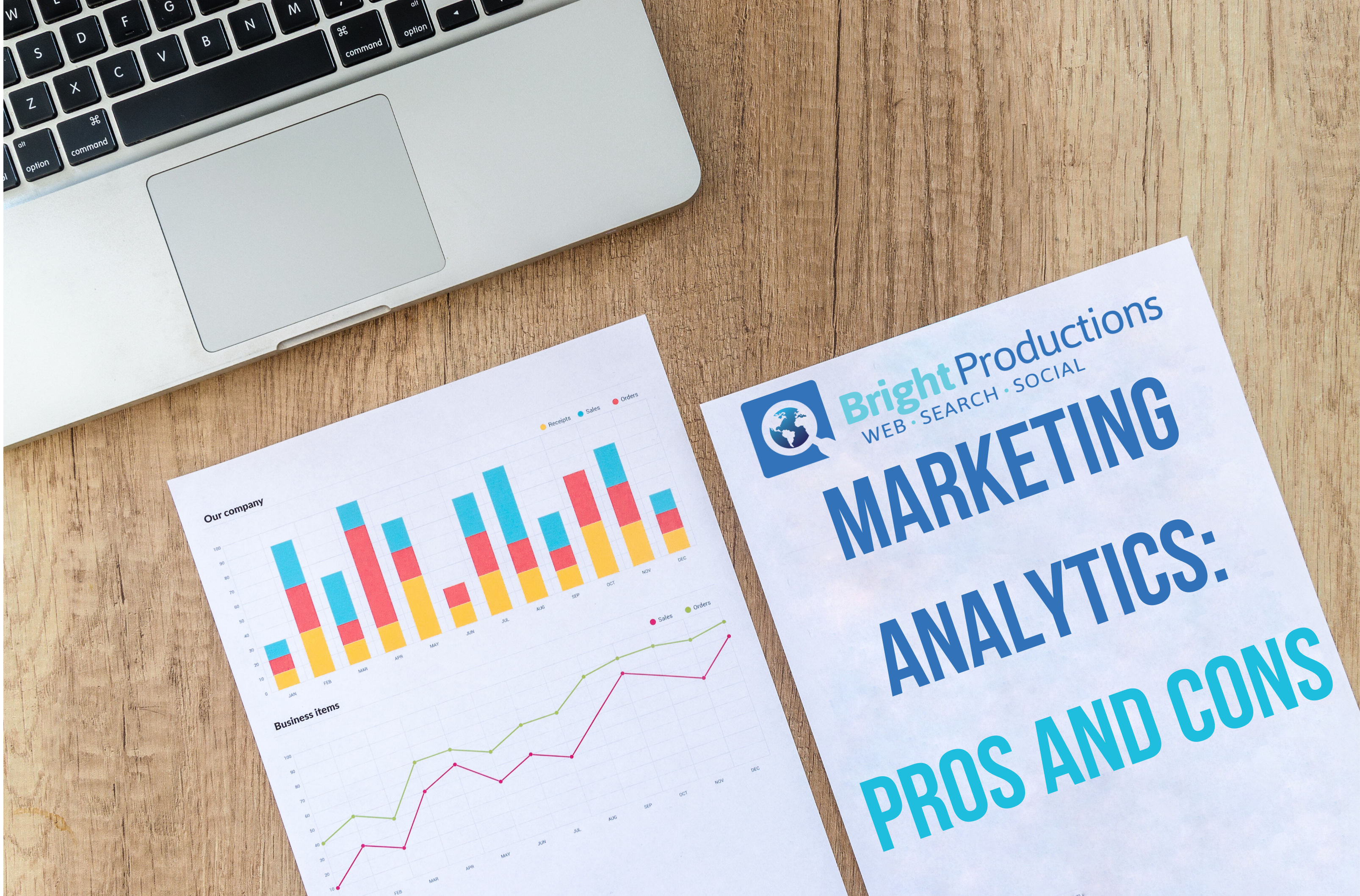
Marketing Analytics: Pros and Cons
Our staff was recently confused by a Google Analytics report we were looking over, and it sparked an interesting conversation about the value and accuracy of real-time data.
We use Google Analytics as a handy tool filled with data that can often help us understand our online marketing efforts and how our client’s customers behave on their sites. Today, more than 30 million websites have Google Analytics accounts.
It’s a helpful tool for creating reports, watching website traffic, understanding pages by popularity, and tracking online ad campaigns. However, while Google Analytics can tell you how many people visited and where they visited, it can’t truly tell you why.
Here’s an example of the “WHY” missing from our recent report:
We had been running both social media and google ads to drive traffic to a specific page for a client, and both google ads reporting and social media reporting showed improved results with a price per click we were happy with. However, Google Analytics wasn’t reporting the same results.
It took some analyzing and critical thinking to realize that it was our “
a do-not-track opt-out option” or “cookie notifier” and that Google Analytics wasn’t registering the visits as visits.

So while it can be a great way to report numbers, what do those numbers really mean?
Like a lot of online data reporting, the numbers can be wrong. How? Take our example above:
We spent the money. We watched the ads run, basically in real-time, as the customers visited the site, and we tracked how much the ad platform charged us for each one of those visits. Yet Google Analytics reported they didn’t happen. So while it can be great to say to a client that their monthly sessions are increasing, understand that just because Google Analytics reported it as so, doesn’t mean its the end all be all of the data.
What should you do instead? Take Google Analytics with a grain of salt, do your own reporting and analysis, compare it to Google Analytics, and use your HUMAN brain to come to logical conclusions about that data.
